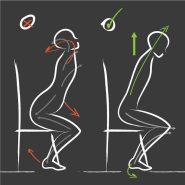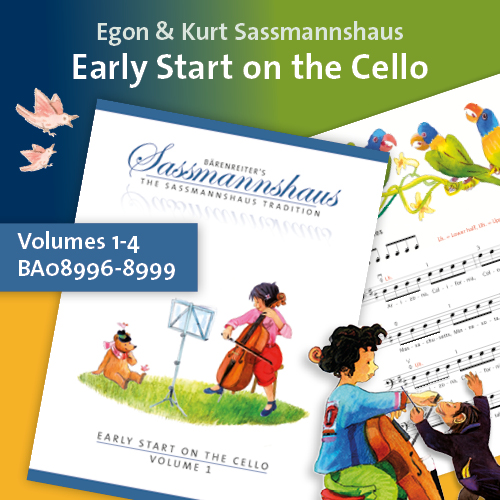Category: Playing Healthy
By Selma Gokcen January 17, 2012
Subjects Playing Healthy
By Selma Gokcen November 3, 2011
Subjects Playing Healthy
By Selma Gokcen October 22, 2011
Subjects Playing Healthy
By Martha Baldwin September 29, 2011
Subjects Playing Healthy
By Selma Gokcen July 9, 2011
Subjects Playing Healthy
By Martha Baldwin June 6, 2011
Subjects Playing Healthy
Tags Baldwin, cello, cellobello, happiness, health, Injuries, maintenance, Martha, musicians, pain, performances, relaxing, Rest, taking time off, Travel
By Selma Gokcen May 18, 2011
Subjects Playing Healthy
Tags Alexander Technique, artistry, artists, back, balance, body awareness, Coordination, gestures, Gokcen, Habits, head, nature, productive, Selma, sensory awareness, Spine, sports, training
By Selma Gokcen April 25, 2011








